Published
Crabbing with Nan-Nan

Photo taken by my mom, I believe. Look at her, crabbing in white trousers! She would have been 100 today. <3
Published

Photo taken by my mom, I believe. Look at her, crabbing in white trousers! She would have been 100 today. <3
Published
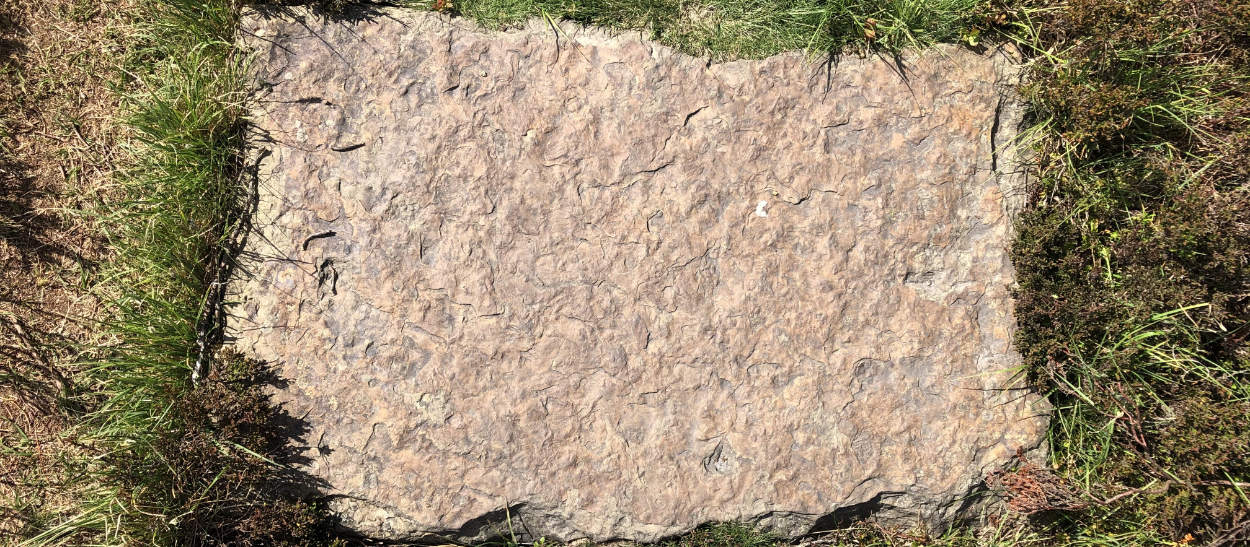

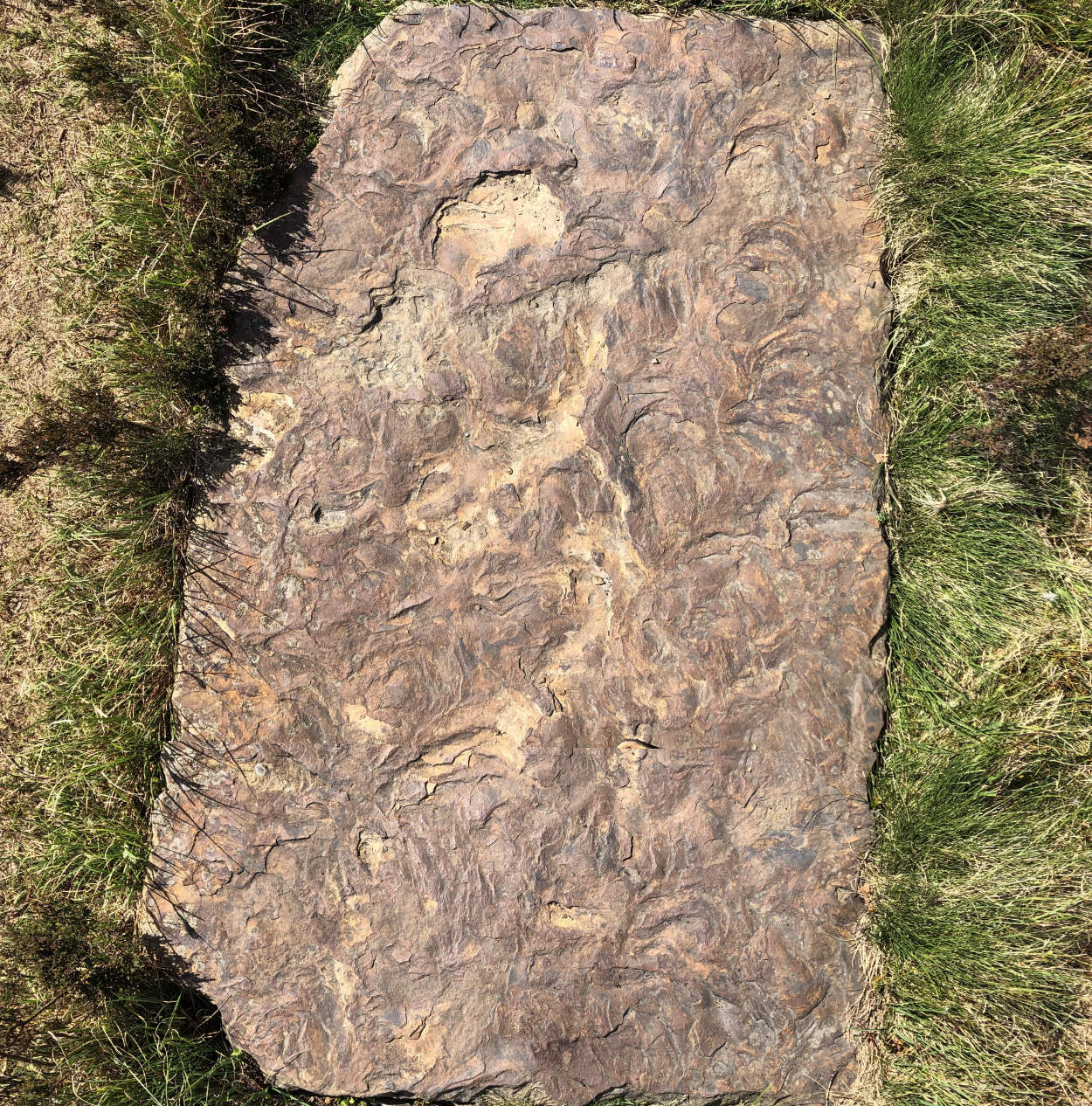

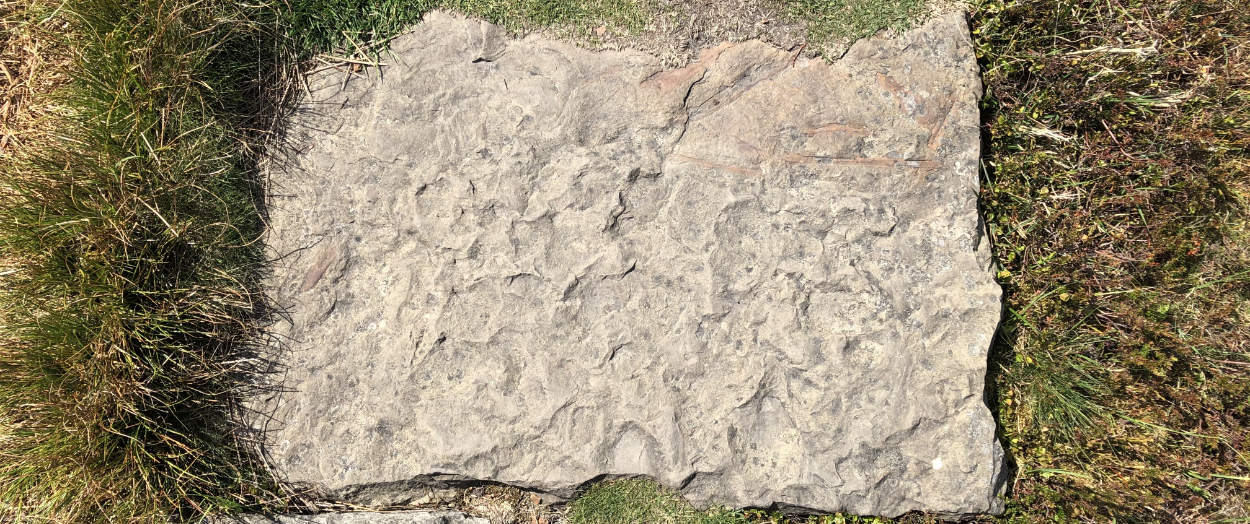
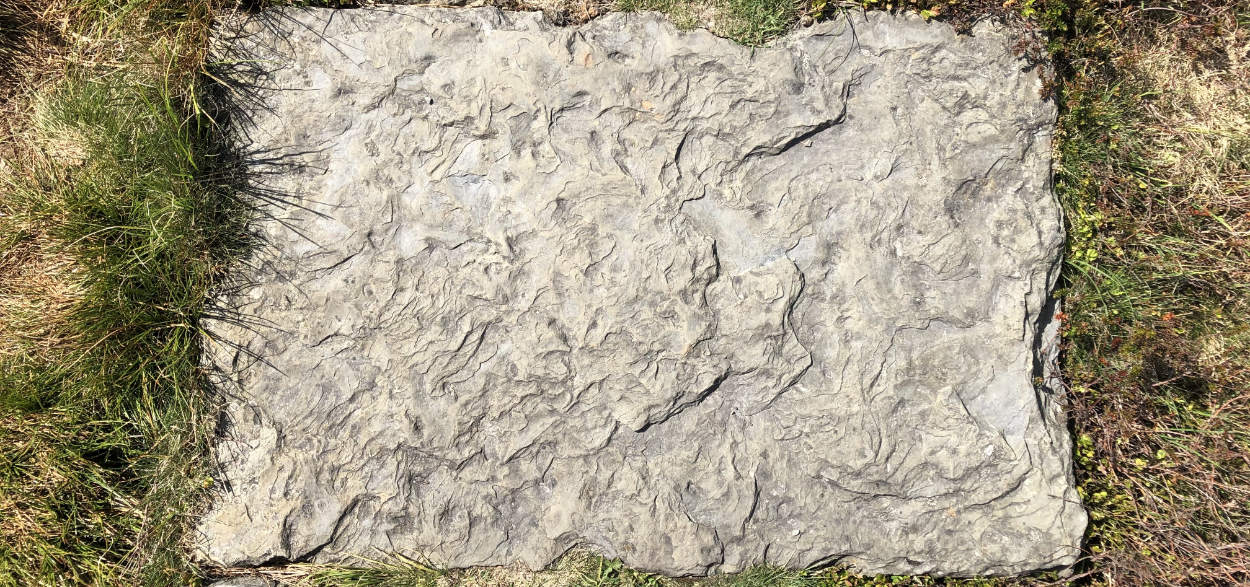
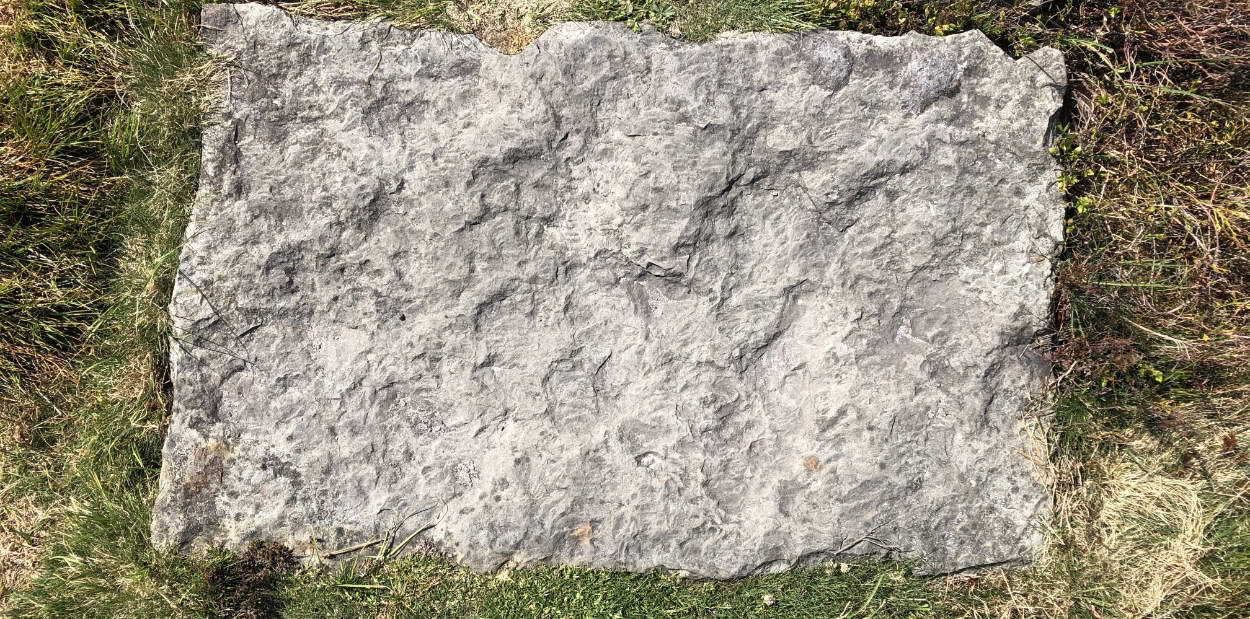
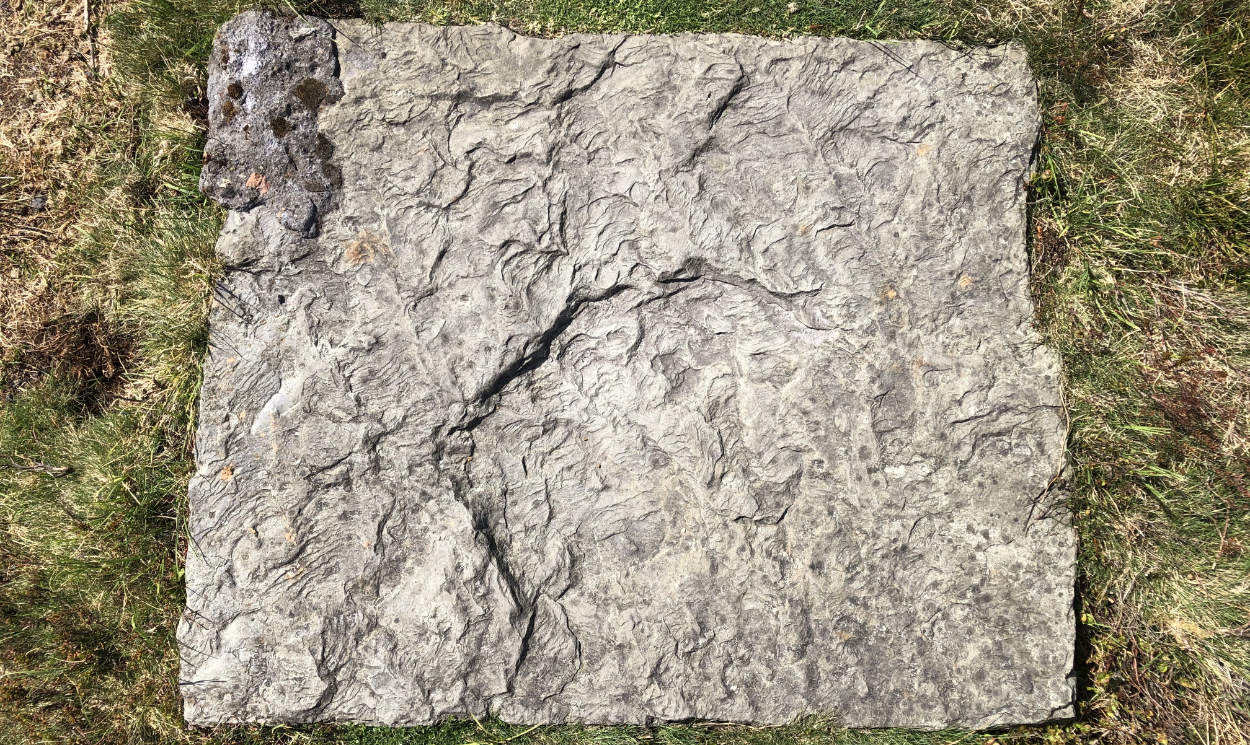
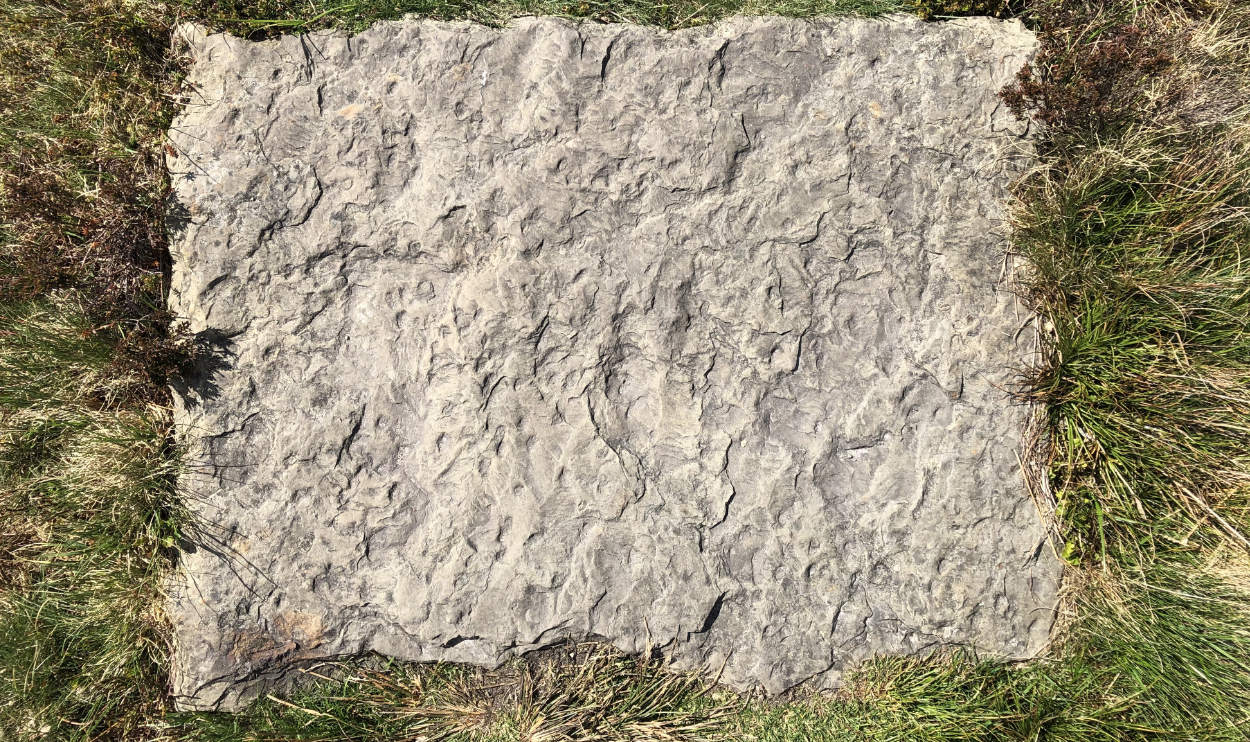
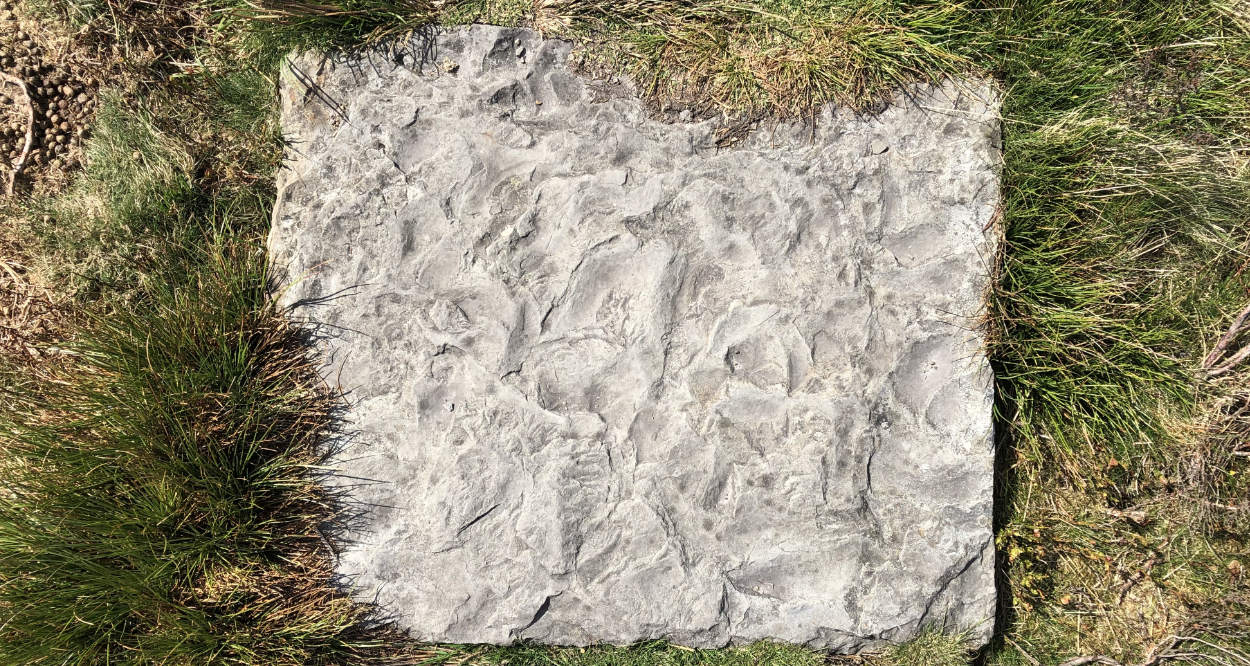
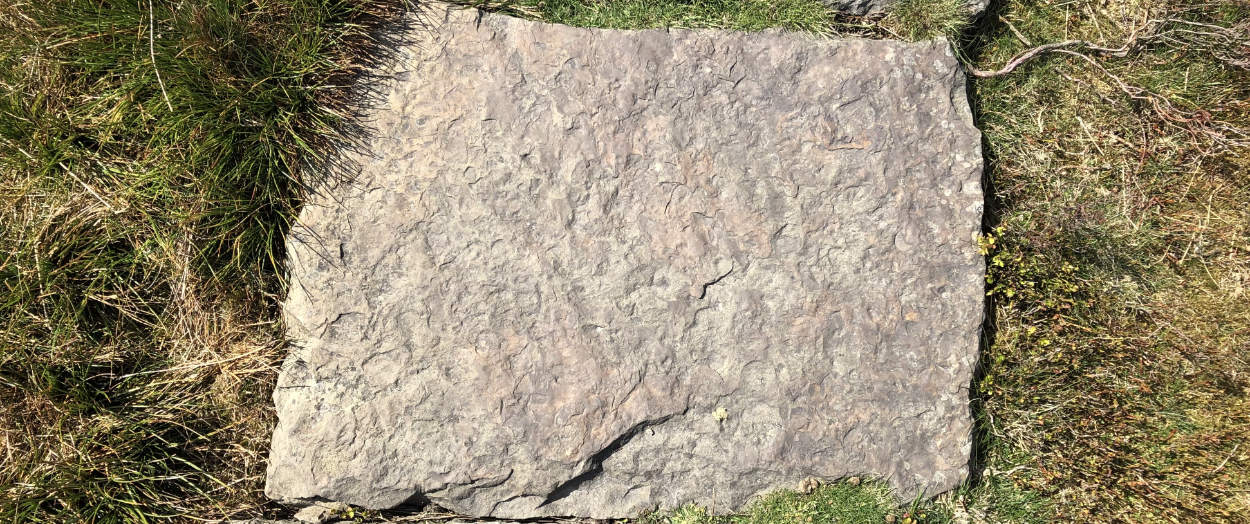
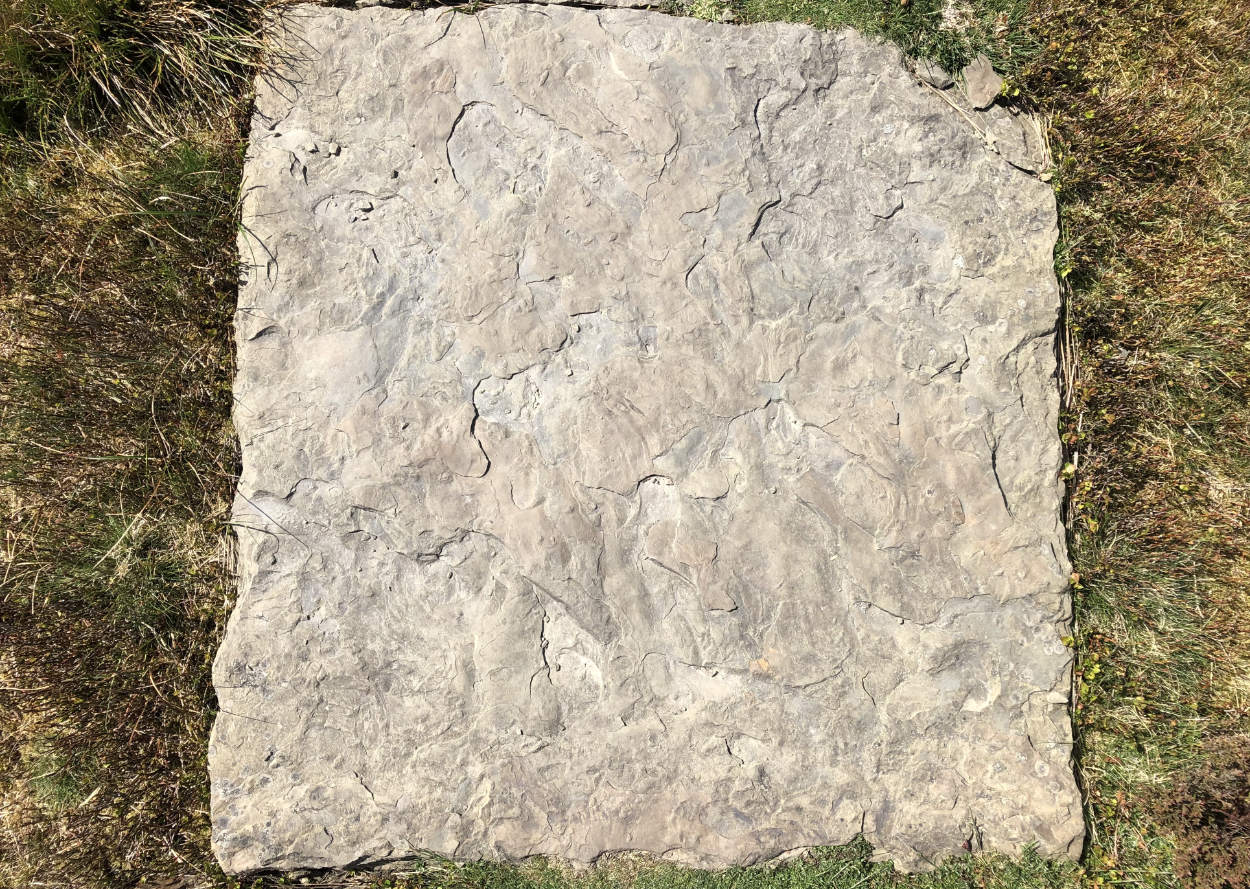

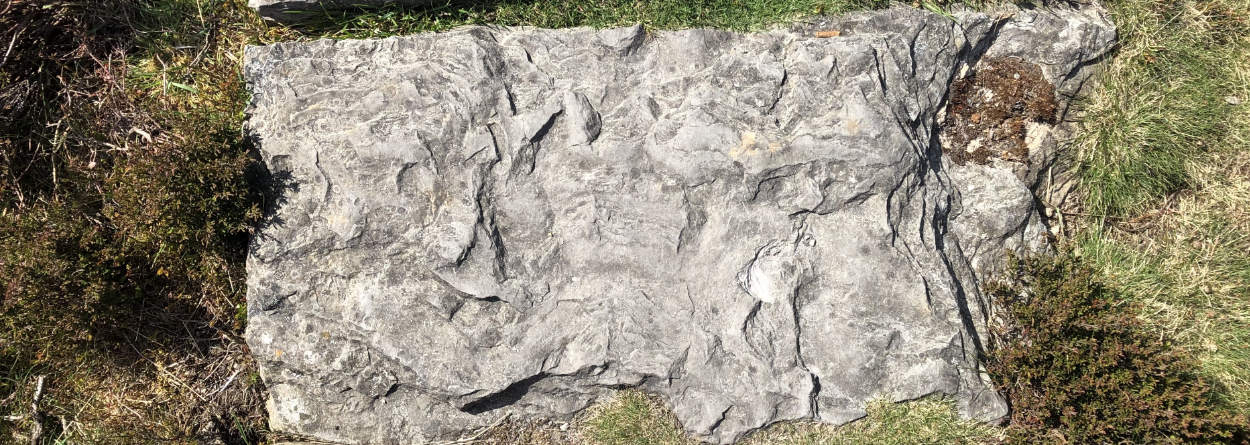
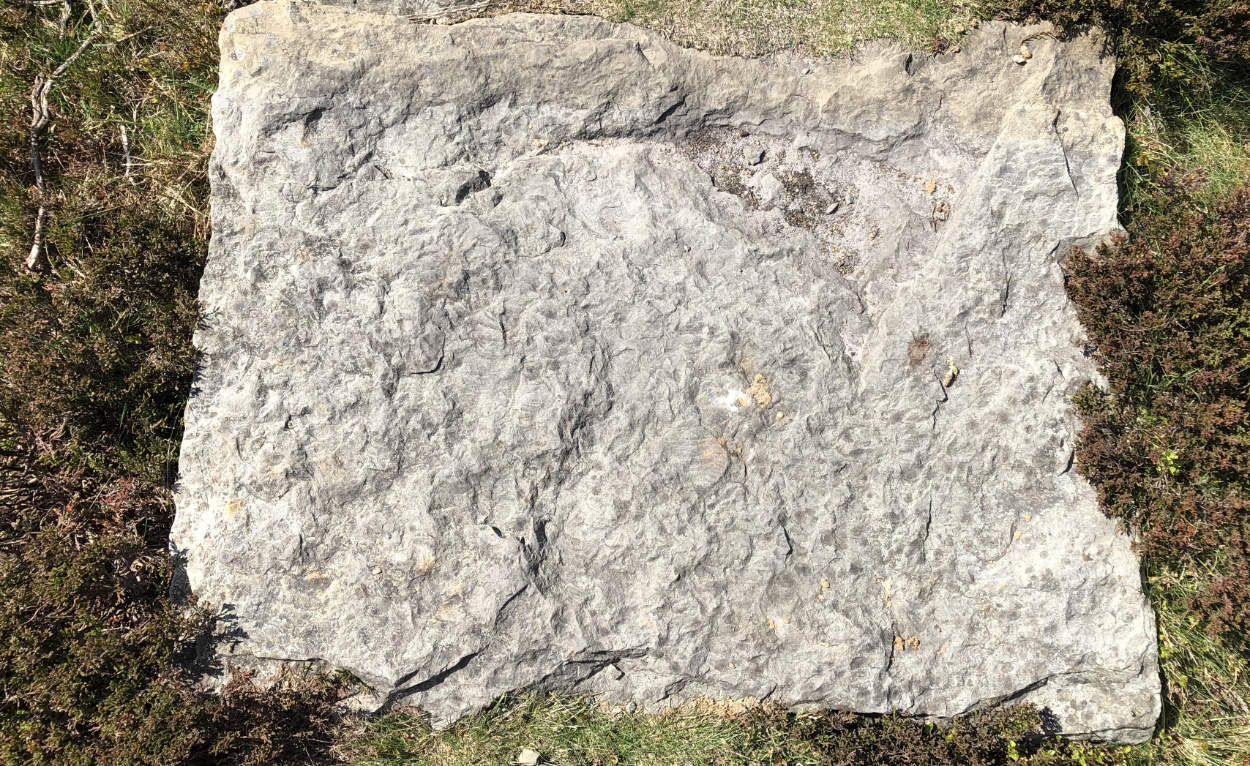
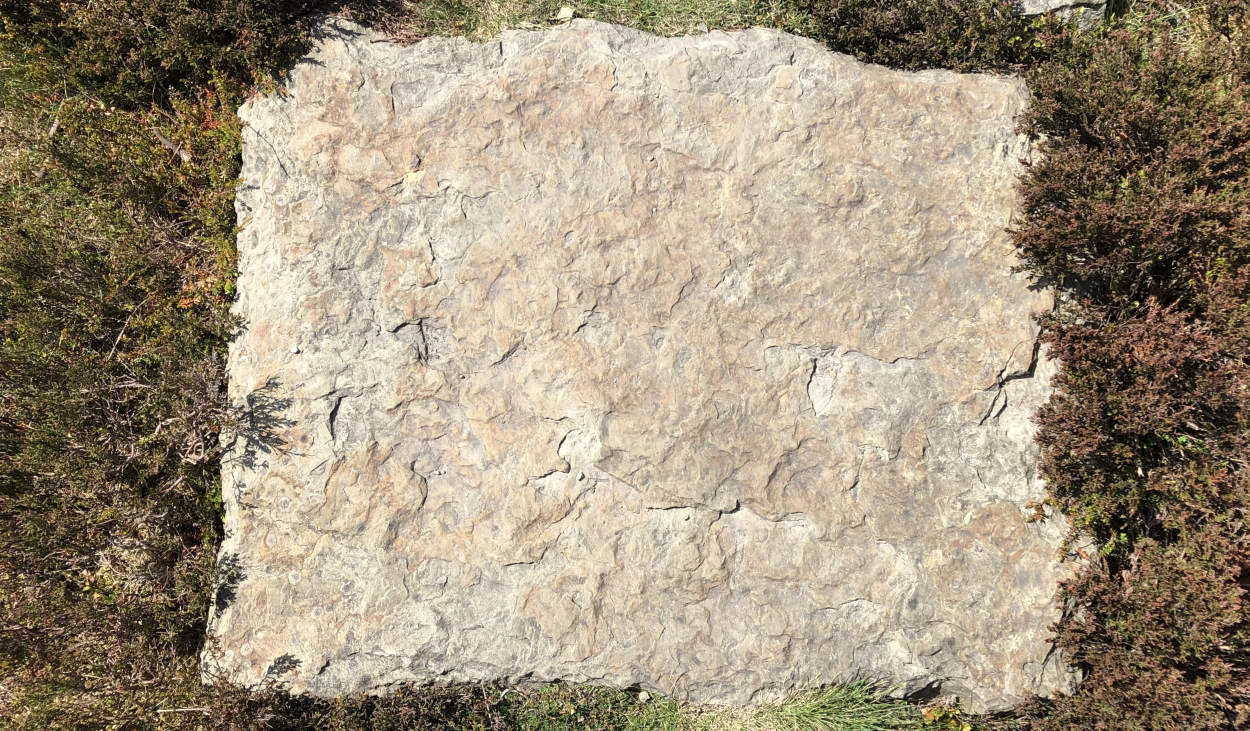
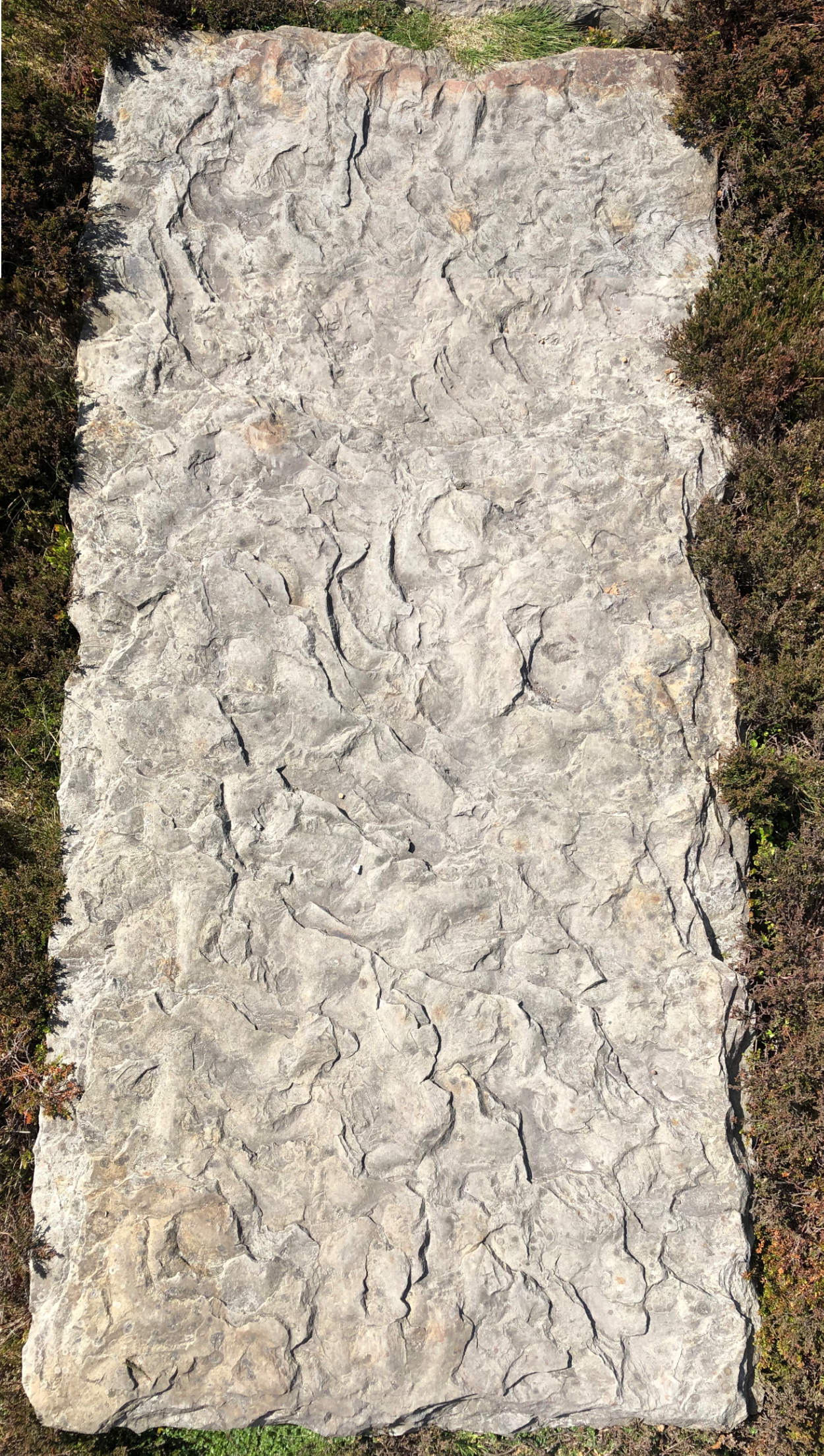
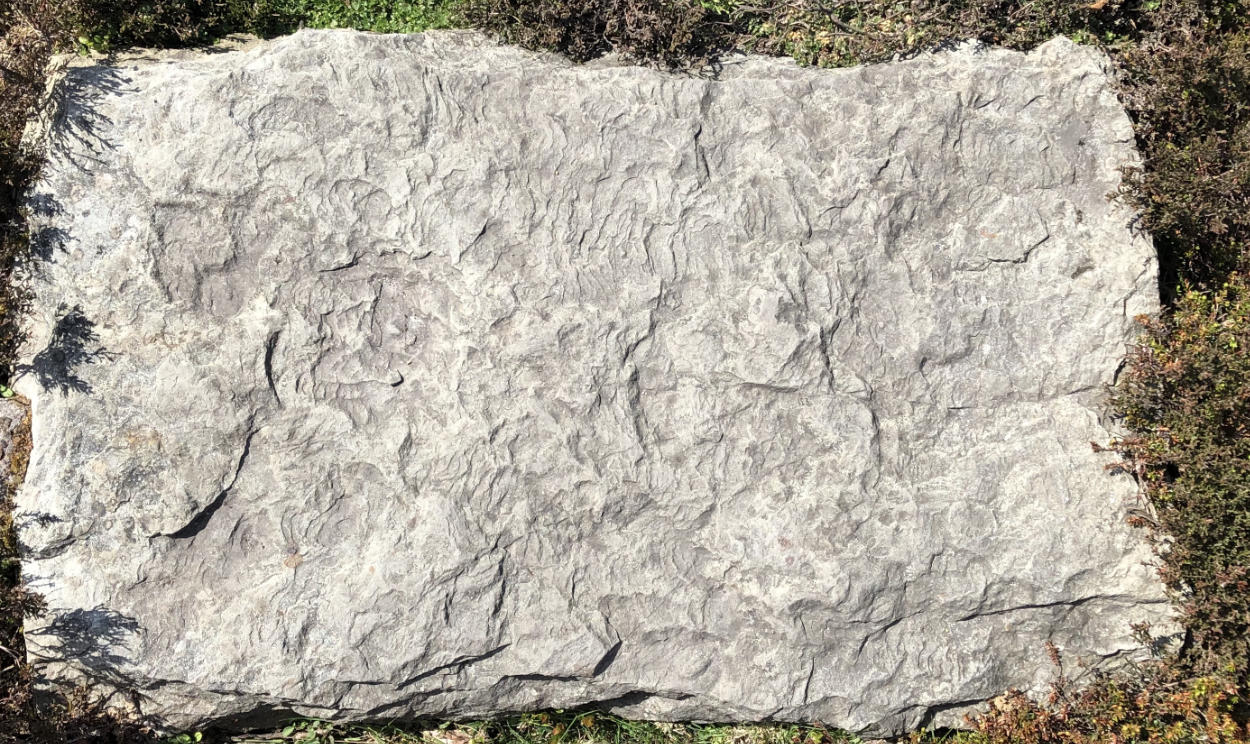
Published
Added a NOW page to this site. 👍
Here’s the first version, for posterity when it gets changed in the future.
We moved out of London in March. Originally we planned to live with family in West Yorkshire for two weeks before moving to the US 🇺🇸, but that’s been quite delayed by the virus 🦠. Now we’re living in temporary accommodation until moving to the US is more feasible. This move will mark the end of a 10 year period that I’ve lived in the UK 🇬🇧. I’m looking forward to a new adventure, and I’ll get to show Sam a few of the places I spent earlier years. But I’ll miss a lot, particularly the friends and family I love.
Work-wise 👩🏻💻 I’m currently: adding some new functionality to the Modern Art website; wrapping up a bunch of coding-for-designers workshops for the LCC MA GMD students; developing the WIP 🚧 open-source WordPress theme that powers this website; chatting with folks about tech and other stuff in free weekly digital coffee sessions 🤖☕️; and consulting with a few orgs in the US and UK.
Limited free time is currently taken up by: sorting through belongings to prep for the move; Animal Crossing 🐻; walking and foraging 🍄; catching up with friends on FaceTime or Whereby; cooking and baking with a limited subset of kitchen tools (challenging!); and remotely contributing to the choral collective Musarc 🎵.
Published
We took a walk in Middleton Woods this weekend and it was just covered in ramps and bluebells. I collected enough wild garlic for 5–6 meals, and then towards the end of the walk we came across a bunch of enormous mushrooms on a log with caps almost as big as my face. It’s interesting, we came across very few mushrooms elsewhere. Perhaps it’s been too dry?
Though I was prettttyyyyy confident they were Dryad’s Saddle mushrooms, I wasn’t 100% sure… I had a look online to see if it can be mistaken for anything else and it seemed not. I also ran it past some friends that tend to know about these sorts of things and got a thumbs up.
Here’s the forest and the haul. Lemon for scale!

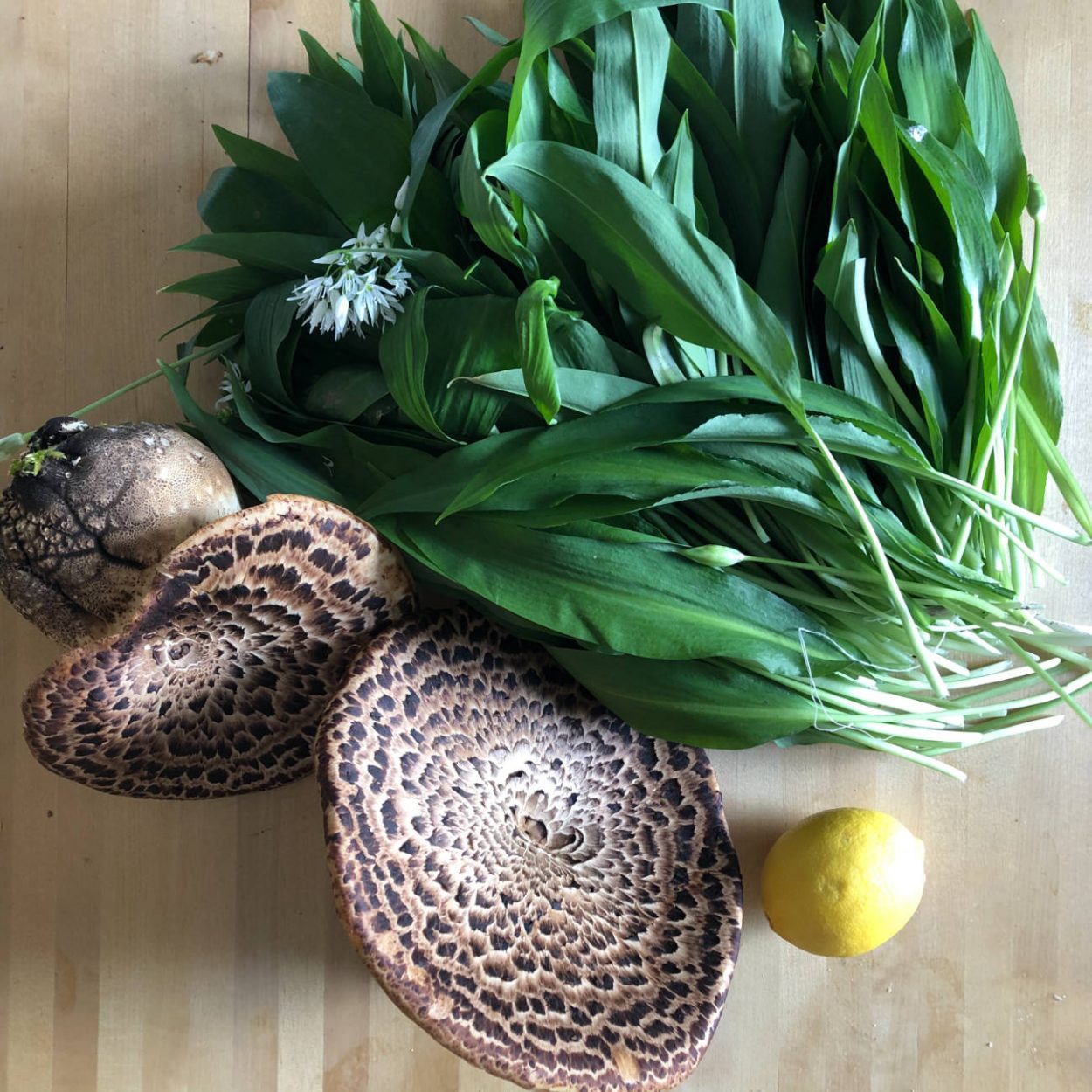
The ramps are super easy to cook, pretty much like spinach. Just sauté them in a little oil or butter with a pinch of salt and maybe some lemon juice.
Dryad’s Saddle mushrooms are also known as Pheasant Back mushrooms due to the pattern on the cap that looks like a pheasant’s feathers. They can be tough when they’re older so should only be eaten when young. When you give the stem a gentle squeeze there should be a bit of give, very similar to a store-bought mushroom. If they’re any firmer than that, they’re probably be too tough to be pleasant or worth it. Apparently the older specimens can be good to make broth, but I haven’t tried this. It can be hard to tell young from old since big does not necessarily mean old, this article on foragerchef.com has some tips on spotting young Dryad’s Saddles.
The Dryad’s Saddle takes a bit of prep, but not much honestly. I laid the mushroom cap-down on a cutting board and used the edge of a spoon to scrape off the pores on the underside of the mushroom. Very satisfying, they come away really easily. Next, I flipped it over and peeled off the top layer, the “feathers” of the Pheasant’s Back. This can apparently get a bit tough when cooked. At that point I was just left with a very large, creamy interior.
You can cook it a lot of different ways, check out this article and the previously linked Forager Chef article for tons of suggestions. They have a mild scent of cucumber or watermelon, so Kieran’s suggestion of cooking them in a soup with coconut milk and turmeric sounds really great.
I ended up slicing them thin and evenly, then baking them with olive oil and a little salt. This turned them in to mushroom chips, they were almost bacon-y and very crisp! Dryad’s Saddle supposedly can get a little dry and tough when cooked this way, but I didn’t have that problem at all. Probably just has to do with the age of the mushroom. I don’t recommend attempting to stir fry Dryad’s Saddle unless you have a very decently sized wok. Mine released a lot of liquid when I attempted which made for some serious splatter, hence transferring it to the oven.
Look forward to getting back in the woods in a few days.
Published
Jake Dow-Smith just announced Publish Something Online ↗, a resource geared towards students. It’s super worthwhile and a very fun browse. From the intro:
Building websites is often seen as an uncreative, mathematics-based task undertaken by coders. This library encourages you to learn how to design and build interactive experiences and to consider this a tool in your design toolkit. A person is only a
coderas much as you are an InDesign-er or Microsoft Word-er.This library will introduce you not just to code resources, but also to examples of alternative forms of screen-based interaction and the technologies they are based on.
Published
Jon-Kyle recently did a livestream on livestreaming, frustrated that I missed it! But he posted the recording and his notes on his site, see Ways of Going Live. Looks like I need to check out Mux.
Published

We moved in to a new place last Wednesday, the third move in five weeks. Now we’re in Ilkley. Hopefully that was the last move before we’re in the US… time will tell.
Published
You can make a PDF looked like a scanned document using ImageMagick. Useful for all the unfortunate orgs that still don’t accept electronic signatures and such.
First, make sure you have ImageMagick installed. On a Mac, you can run convert -v on the command line and if it’s installed, you should see which version of ImageMagick you have as well as some settings. If you don’t have it installed, check out the ImageMagick download page (will probably need to install it via Homebrew if on a Mac).
Once you’re sure it’s installed, on the command line, you should navigate to the directory that contains the PDF you want to adjust. Next, you’ll run the command below to generate the “scanned” PDF. Be sure to change input.pdf and output.pdf to the filenames you want to use.
convert -density 140 input.pdf -rotate "$([ $((RANDOM % 2)) -eq 1 ] && echo -)0.$(($RANDOM % 4 + 5))" -attenuate 0.1 +noise Multiplicative -flatten -attenuate 0.01 +noise Multiplicative -sharpen 0x1.0 -colorspace Gray output.pdfNote: this is based on this Gist but with some tweaks to suit my preferences.
Published
This tutorial will teach you how to set up a personal website using Portfolio Starter, a starter kit for portfolio-driven websites made by Sam Baldwin and me. Check out the demo site to get a feel for how it looks, and visit the GitHub repo for more on how it works.
The tutorial is geared towards people that have little-to-no coding experience and are unfamiliar with things like GitHub, Eleventy, and Netlify. By the end of the tutorial you should understand terms like “repository” and “static site”; you’ll be able to edit your projects, pages, and posts; and your website will be hosted for free. Though basic experience with code such as HTML or CSS may be useful, it isn’t necessary for this tutorial since we’ll be using the hosting user interfaces to set this all up.
Published
I’ve been making a mix-and-match grain salad a ton recently. It’s great for using up leftovers, and it keeps really well in the fridge as long as the greens you use are substantial enough.
All you do is combine a cooked grain of some sort, greens, at least one soft-ish vegetable, at least one crunchier vegetable, and dressing. Things that I’ve found work in most versions of this salad include kale, green onions, grated carrot, thinly sliced onion, small tomatoes, olives, capers, and cucumber. I find that bagged, chopped-up kale keeps for a super long time in the fridge both before it is prepared and after it goes in to the salad.
Bonus additions include toasted seeds or nuts, feta or grilled halloumi, chickpeas or puy lentils, hardboiled eggs, croutons fried up from the leftover heel of a loaf of bread, bacon bits, leftover roast chicken, that sort of thing. It’s best if you leave the cooked grain overnight in the fridge so that it can dry out a little bit, and when you use it in the salad it’s worth breaking up any clumps with your hands first.
These are some decent combos and their dressing counterparts. I’m counting cous cous as a grain since it functions a similar way!
This is the recipe I contributed as part of a recent recipe chain mail. I normally really dislike chain mails but am always happy to participate in a food-based one!